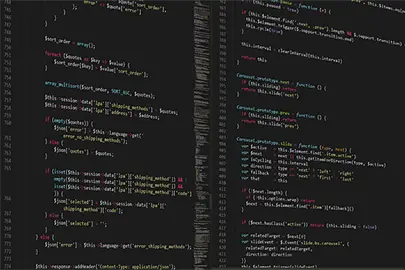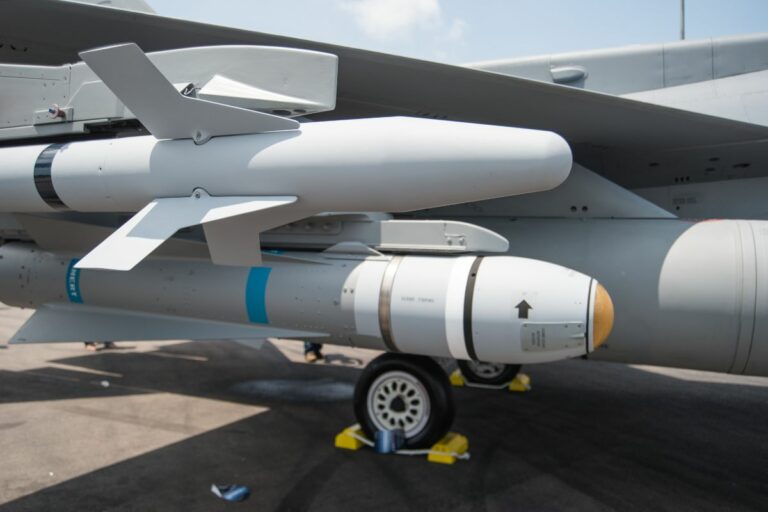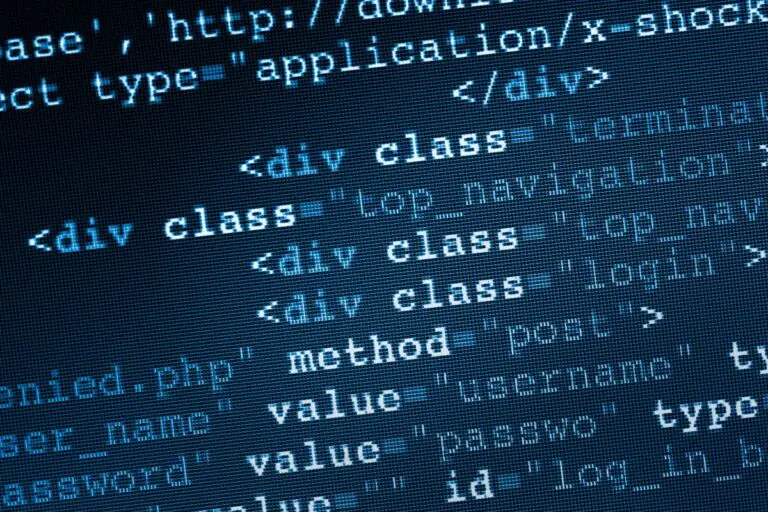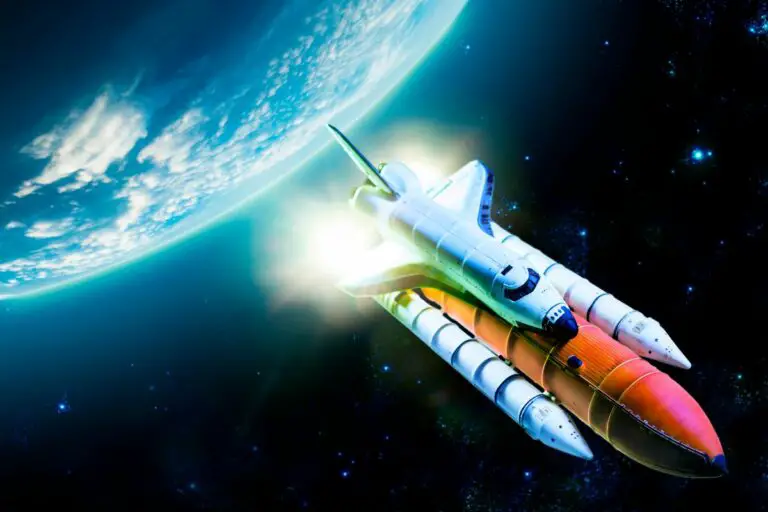Differences Between The Operating System (OS) and The Kernel
You most likely already know what is an operating system (Windows, Linux, macOS). But if you came across the concept of a kernel, maybe the difference with the OS is not obvious to you. Don’t worry, I’ll explain everything in this article.
As a whole, the kernel is a subpart of the operating system. The kernel purpose is to manage the computer resources (hardware), while the operating system has other missions, such as applications management, performance and security (software).
If you are new to this, I encourage you to read the rest of the article, to better understand how all of this is working on your computer.
Purpose
To understand how the OS and the kernel differ, we first need to understand what role each one will play. Your computer will need both an operating system and a kernel to run properly. But they each have slightly different purposes.
Operating System
The operating system operates as the interface between the user and the computer. It makes it easy to control the software. Here are some of the things that an operating system will be responsible for:
- Security. You will be able to set passwords to control who has access to your files and who can log onto your computer.
- System performance. One of the most important roles of the OS is to be able to monitor the performance. If there are issues, the operating system will need to troubleshoot.
- File management. The operating system will keep track of all the file management, keeping track of where all the data is located.
- Managing the device. Finally, the operating system will focus on managing which devices have access to the system. It will be able to manage who is connecting the system and for how long, to keep everything running smoothly.
You will need to use it to run the programs on the computer.
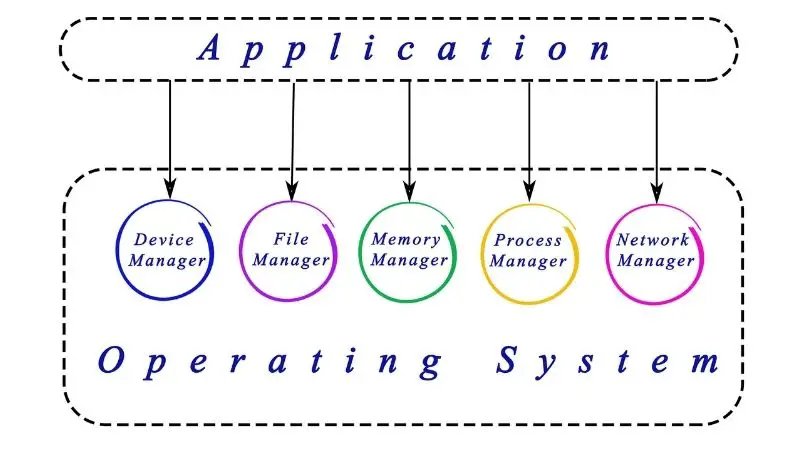
Kernel
The kernel is a part of the operating system. It is responsible for turning your user requests into something that the computer can understand. It manages the hardware. Some of the tasks that it will be kernel will be responsible for:
- Managing Computer Resources. The kernel will be able to access several important parts of the computer. For example, it will need to manage the Central Processing Unit (CPU). The kernel needs to make sure that each of these elements is managed as effectively as possible. It will determine how many resources are dedicated to each program and user.
- Managing Memory. Another essential aspect that the kernel will be dedicated to is the memory. It will determine how much memory each piece of software and user can access. Sometimes, it will make temporary memory files, which will be deleted when the session is over.
Without the kernel, the operating system won’t be able to work properly.
When it Loads
As we’ve mentioned, both a kernel and an operating system are essential to your computer. Because of this, they are two of the first things that load when you start up your device. It’s the operating system that will be loaded first. This is the first thing that will run when your computer is starting up. The kernel is the first program that your computer will run, often starting immediately after the operating system.
Since both of these are critical to the way your computer runs, they are the last two things to stop running before your computer shuts down. The kernel will stop running first, with the operating system shutting down a few moments later.
Variations
In the world of computers, there are plenty of customization options. This is especially true when it comes to the operating system. Here are some of the types you can choose from:
- Multi-user. As the name suggests, this is designed to make it easier for you to share your computer resources with other people. This is most common in the workplace, to create a more collaborative environment.
- Multitasking. This is designed to allow you to complete multiple tasks at the same time.
- Multiprocessor. You’ll often find this on a computer that has two or more CPUs. It aims to increase the processing power and boost speed.
- Distributed. This is one of the most complex types of operating systems. It’s designed to work across a computer network that has multiple separate nodes, each of which is physically separate. Users access it by connecting to a server.
These are just the categories of operating systems. There is plenty of choice within each one. For example, users can choose between brands like Microsoft, macOS, Linux, or Android. Each of these creates a substantially different feel when you are using it. The themes, layout, and types of compatible programs are all distinct.
On the other hand, there isn’t too much variation within the kernel. It can be broken down into two varieties, which are seen across most operating systems. These are:
- Monolithic Kernel. In this model, the entire operating system is kept within the kernel space.
- Microkernel. This is the smallest variety of kernels, where it will only perform the basic computer functions. Though this saves space, it tends to hamper computer performance.
The type of kernel used will depend on the type of computer you are running and the type of operating system you have.
Changeability
The next thing to consider is how easy it will be to change each of these elements. If you are planning on changing the kernel it will be a complex process. It will require a lot of skill. For example, you might be able to access the kernel and swap installation files with compatible ones. However, this is rare. Any changes will be unoptimized, so they won’t provide a lot of benefits.
However, making deep changes to the kernel, like changing functions, will be extremely difficult. For the clear majority of people, it will be verging on impossible. Even if you know about computers and programming, you’ll often need to spend a lot of time researching how to do it properly.
Even if you have the skills, it will often be protected by the license agreement you signed when installing the operating system. This will prohibit too much tampering with the way the operating system performs, including making changes to the kernels.
On the other hand, it will be relatively easy to change the operating system of your computer. As an example, if you want to install Linux, you’ll have to follow these steps:
- Purchase a bootable copy of Linux on a USB
- Hold the shift key while restarting the computer
- Select your USB from the list of devices
- Assuming the settings are right, the computer should boot with the Linux operating system. Then, you just need to wait for it to install and you’ll be able to start using it.
It should be noted that there is a limit to the type of operating systems that you’ll be able to use. This is based on the type of computer you are using. If it has been designed to run Windows it might not work with macOS.
It’s a good idea to double-check that the settings are compatible before you start trying to install a new operating system. This will allow you to avoid irreversible damage to your computer.
Even if you don’t install a new operating system, your existing one might be upgraded. This allows any bugs from the previous edition to be fixed. It also changes the layout for users. It’s unlikely that these upgrades will have much of an impact on the function of the kernel.
Comparison Table
Here is a quick guide to the core differences between a kernel and an operating system.
| Kernel | Operating System | |
| Purpose | Manages the hardware | Manages the software |
| Responsibilities | Monitors CPU performance, optimizes memory use, and task management | Controls functions like security, file management, and who can access the system |
| When it gets loaded | The kernel is the first piece of software the operating system launches | The operating system is the first thing the computer runs |
| Types | Kernels can usually be divided into two categories | There are many types of operating systems. Within each category, there are several brands, like macOS, Android, and Windows. |
| Changeability | Changing the kernel function is difficult, requiring a lot of technical skills. It might be outlawed in the operating system user agreement. | Relatively easy to change, as long as your computer is capable of running the new operating system. There are lots of online guides you can use. |

